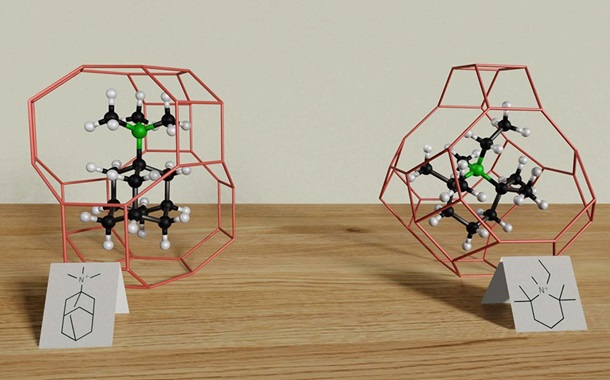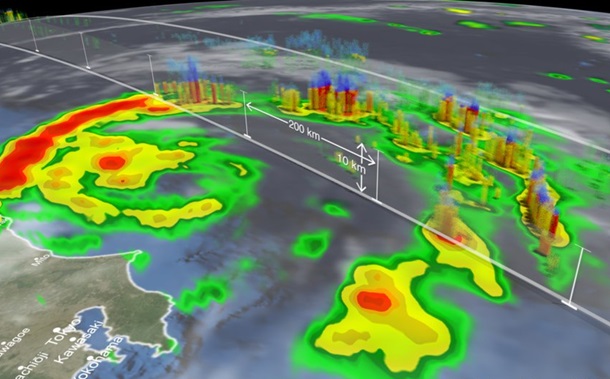Research on Carbon Emission Estimation of Rural Tourist Attractions Through Digital Management
Downloads
Objectives: This study aims to estimate the carbon emissions of scenic spots in rural tourism using digital management technology. Methods: The Dashahe National Wetland Park, located along the old course of the Yellow River in Feng County, Jiangsu Province, was taken as a case for analysis. During the analysis process, the carbon emission, carbon absorption, and net carbon emission amount of the park during 2018-2023 were estimated. The correlation between different types of land area and the carbon absorption amount was analyzed. Findings: The carbon emission of the wetland park increased annually, but the carbon absorption amount also showed a consistent upward trend, resulting in relatively stable net carbon emissions over the study period. Moreover, the area of wetlands, water bodies, and grasslands exhibited a significant positive correlation with the carbon absorption amount, whereas the correlation between the area of cultivated lands and garden lands and the carbon absorption amount was insignificant. Innovation: This research applied digital management technology to precisely collect data related to carbon emissions within the scenic spot, enabling a more reliable estimation of its carbon footprint.
Downloads
[1] Wang, S., Wang, X., Han, Y., Wang, X., Jiang, H., & Zhang, Z. (2023). Ship Fuel and Carbon Emission Estimation Utilizing Artificial Neural Network and Data Fusion Techniques. Journal of Software Engineering and Applications, 16(3), 51–72. doi:10.4236/jsea.2023.163004.
[2] Redowan, M., Phinn, S., Roelfsema, C., & Aziz, A. A. (2021). Satellite estimation of emission factors and emissions of biomass-carbon due to deforestation and forest degradation in Bangladesh for a REDD+ program. Journal of Applied Remote Sensing, 15(01), 1–28. doi:10.1117/1.jrs.15.014510.
[3] Liu, J., Liu, G., Zhao, H., Zhao, J., Qiu, J., & Dong, Z. Y. (2024). Real-time industrial carbon emission estimation with deep learning-based device recognition and incomplete smart meter data. Engineering Applications of Artificial Intelligence, 127(Part B), 107272. doi:10.1016/j.engappai.2023.107272.
[4] Zhang, C., He, W., & Hao, R. (2016). Comprehensive estimation of the financial risk of iron and steel enterprise-based on carbon emission reduction. Journal of Scientific & Industrial Research, 75(3), 143–149.
[5] Lee, K., Ko, J., & Jung, S. (2024). Quantifying uncertainty in carbon emission estimation: Metrics and methodologies. Journal of Cleaner Production, 452, 1–10. doi:10.1016/j.jclepro.2024.142141.
[6] Zhang, L., Bai, Y., Zhang, R., Ma, Y., & Shen, C. (2024). Carbon emission characteristics and carbon reduction analysis of employee travel-taking a research institute as an example. Energy Informatics, 7(1), 1–19. doi:10.1186/s42162-024-00407-2.
[7] Guo, H., Awasthi, M. K., Xue, Z., Zhao, Z., Liu, Q., & He, L. (2023). Innovative carbon emission estimation strategy for biomass materials using near-infrared (NIR) spectrum. Fuel, 332, 126020. doi:10.1016/j.fuel.2022.126020.
[8] Tsanov, E., Valchev, D., Ribarova, I., & Dimova, G. (2024). Quality of Harvested Rainwater from a Green and a Bitumen Roof in an Air Polluted Region. Civil Engineering Journal, 10(5), 1589–1605. doi:10.28991/CEJ-2024-010-05-015.
[9] Ghosh, S., Dinda, S., Chatterjee, N. D., Dutta, S., & Bera, D. (2022). Spatial-explicit carbon emission-sequestration balance estimation and evaluation of emission susceptible zones in an Eastern Himalayan city using Pressure-Sensitivity-Resilience framework: An approach towards achieving low carbon cities. Journal of Cleaner Production, 336, 130417. doi:10.1016/j.jclepro.2022.130417.
[10] Wang, K., Xian, Y., Zhang, J., Li, Y., & Che, L. (2016). Potential carbon emission abatement cost recovery from carbon emission trading in China: An estimation of industry sector. Journal of Modelling in Management, 11(3), 842–854. doi:10.1108/JM2-03-2016-0027.
[11] Zhu, N. P., Zhao, Q., & Shen, Y. (2014). Cost Analysis of Carbon Emission Based on Carbon Finance. Advanced Materials Research, 1065–1069, 3030–3034. doi:10.4028/www.scientific.net/amr.1065-1069.3030.
[12] Liu, J., Liu, G., Zhao, H., Zhao, J., Qiu, J., & Dong, Z. Y. (2023). A real-time carbon emission estimation framework for industrial parks with non-intrusive load monitoring. Sustainable Energy Technologies and Assessments, 60(December), 1–12. doi:10.1016/j.seta.2023.103482.
[13] Chen, F., Gao, Y., Wang, J., Wu, M., Zhang, W., & Teng, F. (2024). Real-Time Carbon Emission Estimation for Industrial Users With Low RMSE Based on NILM and Evolutionary Algorithm. IEEE Transactions on Instrumentation and Measurement, 73, 1–11. doi:10.1109/TIM.2024.3476562.
[14] Fan, S., & Lu, Z. (2022). Research on the Peak Carbon Dioxide Emission Strategy of Chinese Port Based on Carbon Emission Estimation. Frontiers in Environmental Science, 9, 1–6. doi:10.3389/fenvs.2021.789970.
[15] Ma, W., Liu, Y., Alimo, P. K., & Wang, L. (2024). Vehicle carbon emission estimation for urban traffic based on sparse trajectory data. International Journal of Transportation Science and Technology, 16, 222–233. doi:10.1016/j.ijtst.2024.01.010.
[16] Hung, L. Q., & Thao, V. T. P. (2021). Building Land Cover Objects Following the IPCC Guidelines for Carbon Emission Estimation. Case Study in the Central Highlands of Vietnam. Sustainability in Environment, 6(1), 45. doi:10.22158/se.v6n1p45.
[17] Yushardi, Romadhona, S., Fitria, F. L., Mandala, M., & Kristianta. (2020). Carbon emission estimation model and correlation with green open space in Jember City Area. IOP Conference Series: Earth and Environmental Science, 485(1), 1–9. doi:10.1088/1755-1315/485/1/012116.
[18] Manongga, D., Rahardja, U., Sembiring, I., Aini, Q., & Wahab, A. (2024). Improving the Air Quality Monitoring Framework Using Artificial Intelligence for Environmentally Conscious Development. HighTech and Innovation Journal, 5(3), 794–813. doi:10.28991/HIJ-2024-05-03-017.
[19] Mohiuddin, O., Asumadu-Sarkodie, S., & Obaidullah, M. (2016). The relationship between carbon dioxide emissions, energy consumption, and GDP: A recent evidence from Pakistan. Cogent Engineering, 3(1), 1–16. doi:10.1080/23311916.2016.1210491.
[20] Shahzad, S. J. H., Kumar, R. R., Zakaria, M., & Hurr, M. (2017). Carbon emission, energy consumption, trade openness and financial development in Pakistan: A revisit. Renewable and Sustainable Energy Reviews, 70(4), 185–192. doi:10.1016/j.rser.2016.11.042.
[21] Wang, C., Wang, F., Zhang, X., Yang, Y., Su, Y., Ye, Y., & Zhang, H. (2017). Examining the driving factors of energy related carbon emissions using the extended STIRPAT model based on IPAT identity in Xinjiang. Renewable and Sustainable Energy Reviews, 67, 51–61. doi:10.1016/j.rser.2016.09.006.
[22] National Bureau of Statistics of China (2013) China Statistics Yearbook 2013. China Statistics Press, Beijin, China.
[23] Li, B., Liu, X., & Li, Z. (2015). Using the STIRPAT model to explore the factors driving regional CO2 emissions: a case of Tianjin, China. Natural Hazards, 76(3), 1667–1685. doi:10.1007/s11069-014-1574-9.
[24] Wang, Y., Ge, X., Liu, J., & Ding, Z. (2016). Study and analysis of energy consumption and energy-related carbon emission of industrial in Tianjin, China. Energy Strategy Reviews, 10, 18–28. doi:10.1016/j.esr.2016.04.002.
- This work (including HTML and PDF Files) is licensed under a Creative Commons Attribution 4.0 International License.






















